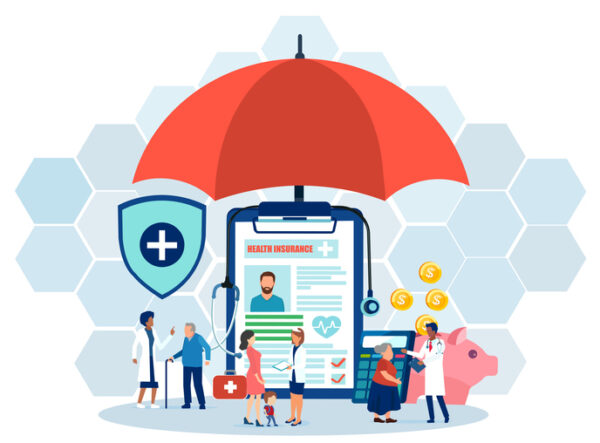
To achieve its twin goals of improving health equity and access to care, the Centers for Medicare & Medicaid Services is doubling down on some key areas, including outreach, education and innovative care delivery and payment models.
On Wednesday, Chiquita Brooks-LaSure, the agency’s head, detailed some of its strategies during a virtual keynote at HLTH 2021, especially those targeted at the millions of people who are eligible for coverage through CMS programs but are not enrolled. The session was moderated by Dr. Ezekiel J. Emanuel, chair of the medical ethics and health policy department at the University of Pennsylvania.
About 29 million people in the U.S. are uninsured, and 17 million of them are eligible for Medicaid or a health plan on the Affordable Care Act marketplaces. As CMS works to get those people covered, it will draw from lessons learned during the early days of the Biden administration.
“At the start of the administration, the president opened up a special enrollment period and really increased the education and outreach effort,” Brooks-LaSure said. “And what we saw was a bump in enrollment. We take it for granted that people know that there is coverage available to them.”
About 2.8 million people gained access to healthcare coverage during the 2021 special enrollment period.
During the open enrollment period for Medicare and the ACA marketplaces, which runs from Oct. 15 to Jan. 15, 2022, when combined together, the agency will continue to focus on outreach and education efforts, increasing funding for navigators and assistors.
The agency is also looking at what its authorities are with respect to implementing automatic enrollment into health plans, Brooks-LaSure said. Research has shown that a comprehensive approach to automatic enrollment could help the country reach near-universal coverage.
Further, CMS is allowing lower-income individuals to enroll in marketplace plans throughout the year in 2022.
Along with access, the agency is laser-focused on health equity and is examining its policies through that lens, Brooks-LaSure said. This includes the care delivery and payment models being developed at CMS’ Center for Medicare and Medicaid Innovation.
A few months ago, CMMI Director Liz Fowler said at a Health Affairs event that the agency is considering making more of its experimental models mandatory rather than voluntary, as this will help generate system-level savings and prevent situations where providers cherry-pick the models in which they participate.
But this will not necessarily help improve health equity — another key CMS goal, Brooks-LaSure said at HLTH. The agency will evaluate how these models are developed very carefully, keeping in mind healthcare disparities and how they deepen.
“Health equity to me…is partially about underserved populations,” Brooks-LaSure said. “It’s also about the providers that serve underserved populations.”
So, it is important to ensure that the providers who don’t have the capital or resources to participate in these models are not left out if they are made mandatory.
“I’m really focused on making sure that we don’t move in what is overall a positive direction, but then leave behind the people who are most in need,” Brooks-LaSure said.
Photo: Feodora Chiosea, Getty Images












